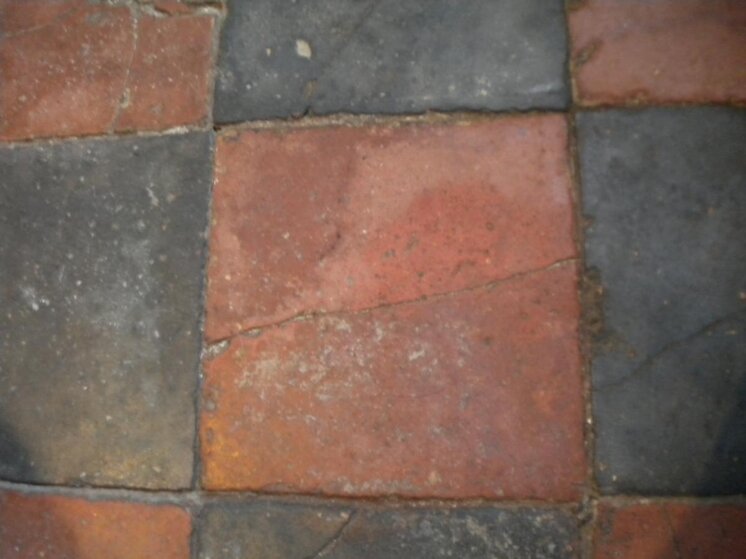A
abigailbetton
Hi We recently found pretty basic red and black victorian quarry tiles in our kitchen. They are a bit damaged in places but if possible we'd really like to keep them. We aren't bothered about them being pristine, we just hope to clean them up a bit to a usable, 'shabby chic' standard. Any advice on what best to use to make them look their best would be appreciated (ie) cleaning products/sealing products?
One big concern that we have is that there appears to be occasional patches where the tiles seems to get a bit damp (darker colour) and this is obviously coming from underneath. Though this doesn't seem so bad at the moment we wondered if this might be more of a problem in winter? Also, is it anything to worry about? Should we be restoring these or seriously thinking about ripping them out and putting down a brand new floor? We'd really like to keep them but if this isn't a sensible option we'd rather know now before we splash out on a new kitchen!
Any advice, previous similar experiences you can share would be really helpful. I'll try and upload a photo of said floor.
Thanks. :smilewinkgrin:
One big concern that we have is that there appears to be occasional patches where the tiles seems to get a bit damp (darker colour) and this is obviously coming from underneath. Though this doesn't seem so bad at the moment we wondered if this might be more of a problem in winter? Also, is it anything to worry about? Should we be restoring these or seriously thinking about ripping them out and putting down a brand new floor? We'd really like to keep them but if this isn't a sensible option we'd rather know now before we splash out on a new kitchen!
Any advice, previous similar experiences you can share would be really helpful. I'll try and upload a photo of said floor.

Thanks. :smilewinkgrin:
